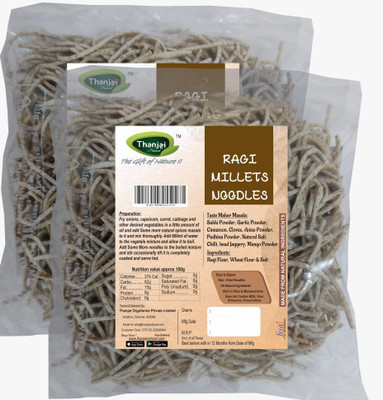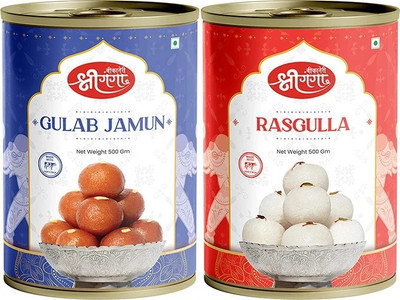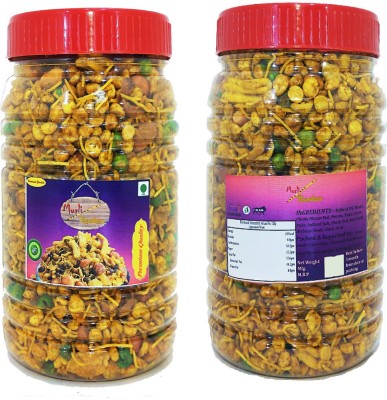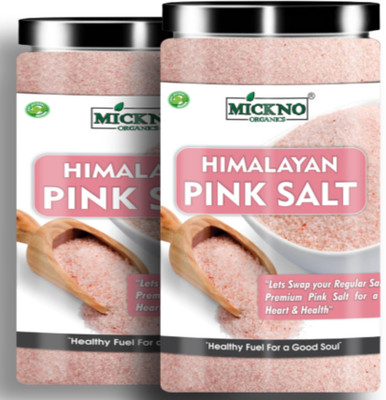| Brand | |
| Model Name | - Homemade Hing Wala Kacche Aam ka Achar/Hing ki Achari Pickle
|
| Type | |
| Base Ingredient | |
| Quantity | |
| Container Type | |
| Taste | |
| FSSAI Number | |
| Organic | |
| Dietary Preference | - Dairy Free, Gluten Free, Low Cholesterol, Low Sodium, No MSG, Wheat Free, Sugar Free
|
| Food Preference | |
| Maximum Shelf Life | |
| Storage Instructions | - ceramic container. Avoid metal containers as they can react with the pickle's ingredients., Ensure the container is dry and clean to prevent contamination., After filling the jar with the mango pickle, seal it tightly with a lid to prevent air from entering., If using a cloth cover (common in some regions), ensure it’s clean and secure it with a rubber band to keep moisture out., If your pickle recipe involves sun exposure, keep the jar in a sunny spot for about 5-7 days during the initial marination phase. This helps enhance flavors and promotes fermentation., Stir the contents daily to ensure even exposure and to avoid spoilage., After the initial sun exposure, transfer the jar to a cool, dark place, like a pantry or cupboard. Avoid direct sunlight, as prolonged exposure can degrade the quality., Ideal storage temperature is around room temperature, away from heat sources., Ensure the jar is tightly sealed before placing it in the refrigerator.
|
| Nutrient Content | - "NUTRITIONAL INFORMATION TOTAL NUMBER OF SEVINGS PER CONTAINER : 50 SERVING SIZE: 20G" NUTITIONAL CONTENT VALUE PER SERVE % RDA/SERVE VALUE PER 100G ENERGY (KACAL 26.0 1.31% 174.00 PROTEIN (G) 0.44 - 2.90 FAT (G) 1.50 2.24% 10.00 TRANS FAT (G) <0.03 1.50% <0.20 SATURATED FAT (G) 0.23 1.06% 1.5 CHOLESTEROL (MG) <.015 - <1.00 CARBOHYDRATE (G) 2.72 - 18.10 SODIUM (MG) 813.92 40.70% 5426.12
|
| Preservation Process | - Raw Mangoes: Choose firm, unripe mangoes, which are essential for the pickle's texture and tanginess. Varieties like Kesar or Alphonso are popular., Spices and Salt: Fresh spices and good-quality salt are crucial for flavor and preservation., Washing: Thoroughly wash the mangoes to remove any dirt or chemicals., Drying: Pat the mangoes dry completely with a clean cloth. Moisture can lead to spoilage., Cutting: Cut the mangoes into small, uniform pieces, discarding the pits., Salting: In a mixing bowl, combine the mango pieces with salt. The salt draws out moisture from the mangoes, creating a brine that helps preserve them., Adding Spices: Mix in turmeric powder, red chili powder, and any other spices (like mustard or fenugreek) as per the recipe., Ensure each mango piece is well-coated with the spice mixture., Mustard Oil: Pour mustard oil over the mango and spice mixture. The oil acts as a barrier against air and moisture, further enhancing preservation., Stir the mixture well to ensure even distribution of oil and spices.
|
| Ingredients | - Raw Mangoes, Salt, Turmeric Powder, Red Chili Powder, Mustard Seeds, Fenugreek Seeds, Fennel Seeds, Asafoetida (Hing), Cold Pressed Mustard Oil, Garlic Cloves:, Mix Spices: Combine mango pieces with salt, turmeric, and red chili powder., Roast Seeds: Lightly roast mustard, fenugreek, and fennel seeds, then grind them coarsely, Roast Seeds: Lightly roast mustard, fenugreek, and fennel seeds, then grind them coarsely, Combine: Add the roasted spices, asafoetida, and mustard oil to the mango mixture.
|
| Manufactured By | |
| Country of Origin | |
| Net Quantity | |
| Additives | - Purpose: Essential for preservation, flavor enhancement, and drawing moisture from the mangoes., Type: Typically, coarse sea salt or rock salt is used., Purpose: Adds a pungent flavor, acts as a preservative, and helps create a barrier against air and moisture., Notes: Cold-pressed mustard oil is often preferred for its strong flavor., Purpose: Provides color and has antibacterial properties. It also adds a warm, earthy flavor., Notes: Essential for traditional Indian pickles, giving them a vibrant yellow hue., Purpose: Adds heat and spiciness, enhancing the overall flavor profile of the pickle., Type: Varieties like Kashmiri chili powder are often used for color without overwhelming heat., Purpose: Adds a slightly bitter, nutty flavor and contributes to the pickle’s aroma., Kalonji (Nigella Seeds): Purpose: Adds a unique flavor that is slightly peppery and aromatic., Tamarind: Purpose: Adds a tangy flavor and enhances the overall acidity of the pickle., Spices: Cumin: Provides an earthy flavor.
|
| Allergens Included | |
| Manufacturing Process | |
| Regional Speciality | - Mango Pickle North India Punjab: Spicy and tangy, made with mustard oil, red chili powder, and fenugreek. Known for its bold flavors. Uttar Pradesh: Earthy with kalonji (nigella seeds), slightly less spicy, and often sun-dried for flavor enhancement. South India Andhra Pradesh: Fiery and sweet, using red chili powder and jaggery. Often includes tamarind for extra tang. Tamil Nadu: Milder, prepared in sesame oil, with a blend of spices including mustard and curry leaves. West India Gujarat: Sweet and tangy, featuring jaggery and cumin. Known for its less spicy flavor profile. Maharashtra: Rich and complex, incorporating coconut and a variety of spices for a creamy texture. East India Bengal: Mild and tangy, using mustard seeds with a focus on the sweetness of mangoes. Less oily than other varieties. Odisha: Robust flavor with mustard oil, emphasizing local spices and a hint of bitterness.
|
| Fortified | |













